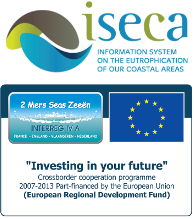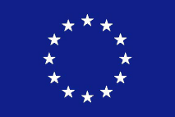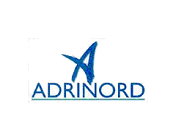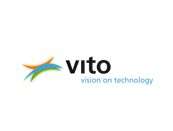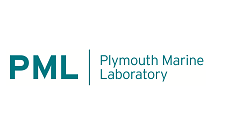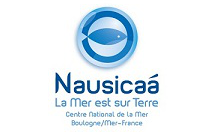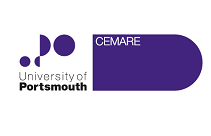The measurement of eutrophication is not an easy task. The aquatic ecosystem is very complex by constant interactions between physical, chemical and biological components. There are several indicators available to assess the degree of eutrophication:
- Nutrients
Total phosphorus (P), orthophosphate, total nitrogen (N) and nitrogen in nitrate (NO3-) are the main elements that can be measured. Nitrate and phosphate are the most important nutrients for plants to grow. High concentrations of nutrients will also increase the biomass of the algae. - Dissolved oxygen
The presence of sufficient dissolved oxygen in the water column is very important for all aquatic life. Eutrophic waters (rich in nutrients) have fluctuating amounts of dissolved oxygen. Algae consume oxygen. A great algal biomass can therefore provide very low concentrations of oxygen in the water, sometimes so low that even fish can not survive and die. - Water transparancy
This parameter indicates the amount of light that can penetrate into the water. Many algae can keep out of the light causing an increase of turbidity. A common method for measuring this parameter is a Secchi disk. The disc is being lowered into the water and the depth at which the disc is no longer visible, is a measure of the clarity of the water. - Chlorophyll a
The chlorophyll a (Chl a) concentration is a measure for the amount of algae in the water column. Algae can be compared to plants, they need light and oxygen to grow and use chlorophyllas their photosynthetic pigments. - Biological water quality
This parameter indicates the water quality based on the present of organisms (species and numbers). Fish have such a long life time and are an important indicator of the environmental quality of their habitat.
The collection of water samples from ships is often expensive and provides data that are limited in space and time. A major breakthrough is the use of satellites (remote sensing). This allows the study of large areas with high resolution and measurement over long time series. Recent developments in remote sensing ensure that various parameters such as chlorophyll a, phytoplankton and temperature can be identified. The most useful information for monitoring of eutrophication is the ocean color (see picture). The chlorofyll pigment colors green in the surrounding ocean so that phytoplankton can be detected out of space with dedicated sensors like MERIS (Envisat's Medium Resolution Imaging Spectrometer) and MODIS (The Moderate Resolution Imaging Spectroradiometer).
Remote sensing can provide a wide visual picture and allows us to create more insight into the eutrophication processes.
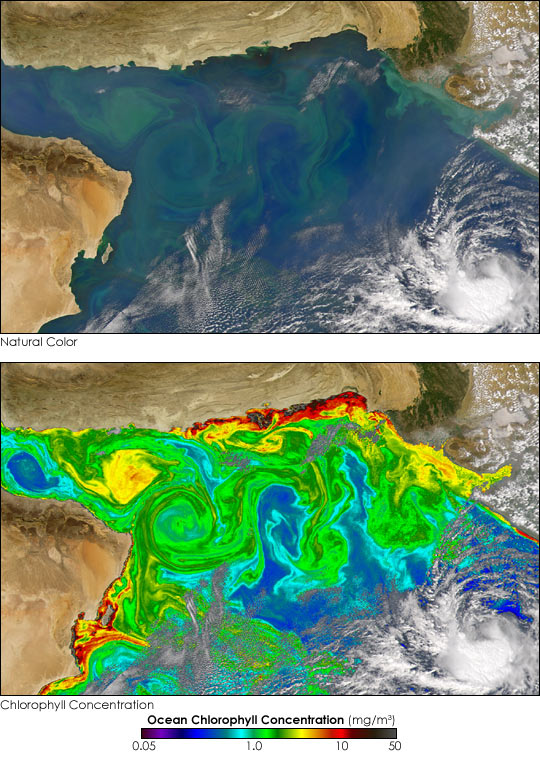 |
| Phytoplankton bloom in the Arabian Sea (Photo credit: NASA/Goddard Space Flight Center |
| Need more information? Go to the WIKIPAGE |




